Distinguish between resistive touch screens and capacitive touch screens
TipsMake.com - Although it may be incomplete, there are two types of touch screens that most of us know: resistive touch screens and capacitive touch screens. They appear on expensive smartphones or tablets that allow responses with the lightest touches, multi-point support and often high response (unless you wear gloves). Or, there is a type that gives a little longer response time, requires more force, no multi-point support, but works with any device that touches.
If you are a technology fan with special touch phones so far, you may have experienced these differences. Think about what makes the difference between different types of touch screens, why the iPhone 4 screen doesn't feel the gloved finger, or why we can't use the stylus old for iPad?
All these questions can be answered by two factors: resistance and resistance. The difference between these two touch technologies answers all of the above questions. Below is a simple explanation of how these two types of touch screens work.
Touch screen
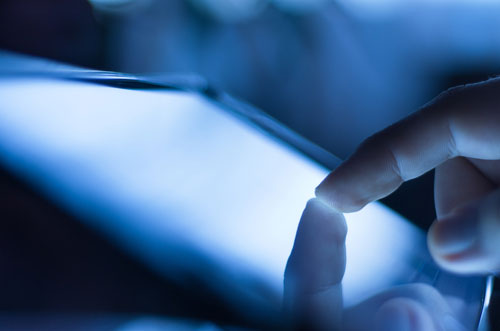
Although it is becoming more and more popular, that doesn't mean that the touch screen is a new invention. The first touch screen was invented in the 1960s and has paid a lot of changes and improvements to the touch screen bar as we see it today.
Touch screens are not limited to smartphones and tablets, they are used in all areas, every corner of life, from ATMs, sales devices, navigation systems, and gaming machines. Hand held and even touchpad on laptops. Touch screens are gradually coming to life so understanding how they work also helps us.
Resistive touch screen
Resistive touch screen is the most common type of touch screen. Except for modern smartphones and tablets, most of the touch screens we encounter are actually resistive sensors. The resistive touch screen of course depends on the impedance. The pressure you put on causes the screen to respond.
A touch screen made of two basic layers is spaced apart. These two layers had a shell at the armor between the two layers in the void, like two sandwiches pressed against each other. When these two shells touch each other, a generated voltage is transmitted and processed as a touch at that location.
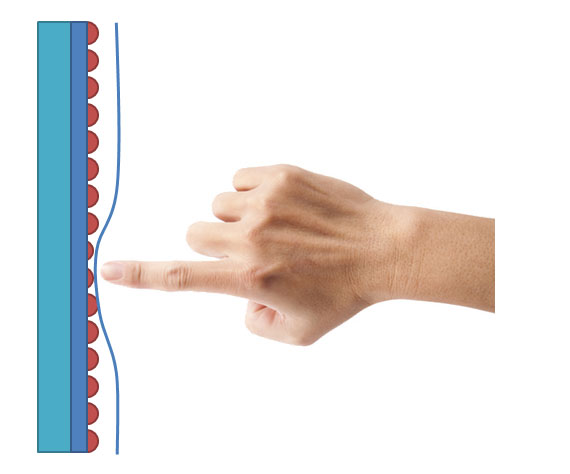
So when the finger, the stylus or any other device touches the resistive touch screen, it puts pressure on the upper layer and is driven down to the next layer to give rise to the signal. Therefore, you can use any object you want to impact on the resistive touch screen to make the touch interface active; a gloved finger, a piece of wood and nails, as long as it puts enough pressure on the touch point to activate the mechanism and the touch will be recorded.
For the same reason, resistive touch screens require slight pressure to record touches and are not always as responsive as capacitive touch screens. In addition, the multi-layer structure makes the image display less sharp, the contrast is lower than the capacitive touch screen. While most resistive touch screens do not allow multiple points like zooming with two fingers, they can record touches from one finger when another finger is touching another position on the screen.
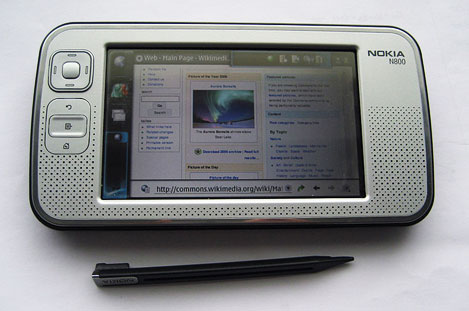
Resistive touch screens are also undergoing major improvements over the past few years and today many mid-range smartphones have a resistive touch screen that is no less accurate than high-end devices. Some devices use recent resistive technology such as Nokia N800, Nokia N97, HTC Tattoo and Samsung Jet. Another popular device using resistive touch technology is the Nintendo DS, the first gaming device to use this technology.
Capacitive touch screen
Surprisingly, the capacitive touch screen was actually invented before. The first screen was developed before the resistive touch screen for about 10 years. However, the capacitive touch screens are now more accurate and respond quickly when lightly touched with fingers.
In contrast to resistive sensors that depend on mechanical pressure from a finger or a stylus, capacitive touch screens use the electromagnetic properties of the human body. A capacitive touch screen is usually made of an insulating layer like glass, covered by a transparent conductive material on the inside. Because the human body conducts electricity, the capacitive screen can use this conductivity as input. When you touch a capacitive touch screen with your finger, you cause a change in the screen's electromagnetic field.
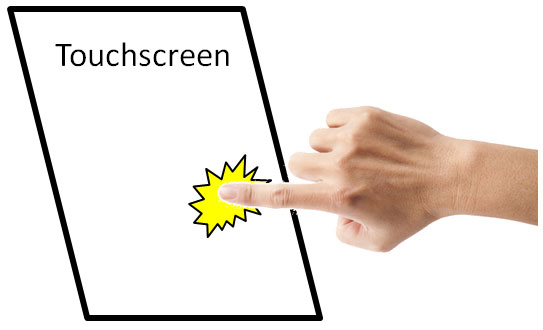
This change is recorded, and the touch position is determined by a processor. This is done with a number of different technologies, but all of these technologies rely on electromagnetic changes caused by finger touches. This is the reason you cannot use a capacitive touch screen when wearing insulated gloves. Similar to the touch pen.
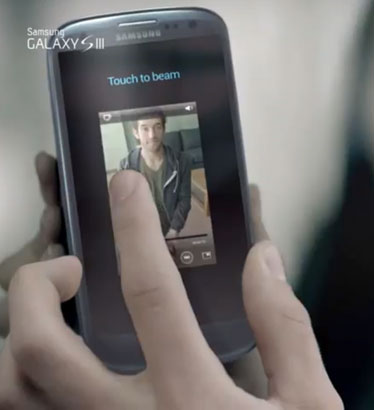
Because capacitive displays are only made from a main layer that is getting thinner as technology advances, these displays are not only more sensitive and accurate, but also display sharper, just like the iPhone 4S. . And of course, capacitive touch screens can also support multitouch, but only when using a few fingers at a time. If a finger is touching the screen, the screen will not be able to feel another touch correctly.
Conclude
These are the basic differences between the two common types of touch screens today. Most high-end devices often consider capacitive touch technology as the number one choice due to its high responsiveness and allowing sharp images to be displayed. But resistive technology still has certain advantages.
 5 things to do with your PC when you 'jump'
5 things to do with your PC when you 'jump' Looking back at 27 years of 'evolution' of Windows
Looking back at 27 years of 'evolution' of Windows Learn about security features and authentication in MongoDB
Learn about security features and authentication in MongoDB 10 outstanding features of Wolfram Alpha
10 outstanding features of Wolfram Alpha Habits should give up when using technology
Habits should give up when using technology Learn about how jQuery works
Learn about how jQuery works